 The Edison Chouest Offshore (ECO) global family of companies, one of the industry’s largest, most diverse and dynamic marine transportation solution providers, announced plans to enlarge its sizeable fleet and expand its terminal facilities in support of its customer base.
The Edison Chouest Offshore (ECO) global family of companies, one of the industry’s largest, most diverse and dynamic marine transportation solution providers, announced plans to enlarge its sizeable fleet and expand its terminal facilities in support of its customer base.
“Reacting to customer demands, ECO continues to lead the industry by designing, building and operating new generation vessels featuring the latest available technology,” said ECO President Gary Chouest. “We are a customer-centric company: Our main goal is to support their activities with state-of-the-art vessels, expanded terminal facilities, subsea services, fully-integrated logistics, and shorebase support wherever necessary.”
The Chouest newbuild order book contains over 40 vessels, a vast majority to be constructed at its four U.S.-affiliate shipyards: North American Shipbuilding (Larose, LA), LaShip (Houma, LA), Gulf Ship (Gulfport, MS) and Tampa Ship (Tampa, FL), as well as its Brazilian shipyard, Navship.
INNOVATIVE NEW 312’ PSV CLASS
ECO’s worldwide fleet now approaches 250 highly specialized offshore service and support vessels. The largest portion of the newbuild program contains 17 vessels, with options for an additional 20, in a new class of 312’ x 66’ x 26’ new generation, clean design, diesel-electric platform supply vessels (PSV).
This class features a new hull form that was designed to maximize deadweight while significantly reducing hydrodynamic resistance, thereby improving fuel efficiency. The result is a vessel that offers a deadweight tonnage in excess of 6,000 LT, the capacity for over 22,000 barrels of liquid mud, over 2,000 barrels of methanol, and 14,450 cubic feet of dry bulk. Carrying the new class moniker of NA312E CD VE (Very Efficient), these vessels offer a cargo delivered to fuel used ratio that is significantly better than other PSVs operating in the Gulf of Mexico.
These vessels provide accommodations for 51, as well as class notations for firefighting, dynamic positioning, unmanned engine room operation, special purpose ship safety, workboat habitability, and storage and discharge of recovered oil. The vessels also comply with the new International Labour Organization (ILO) standards for vessel design and crew standards.
“ECO owns and operates the largest fleet of new generation, high deadweight capacity PSVs in the global offshore service vessel industry. The new series of 312’ PSVs under construction represents an evolution of ECO’s proven proprietary hull designs,” said ECO’s Executive Vice President Dino Chouest. “The 312’ class meets 100 percent of ECO’s customers’ requirements for a high deadweight ton capacity, deepwater PSV that is extremely fuel efficient.”
NEW VESSELS INCLUDE ICE CLASS, MPSV, SUBSEA, WELL STIM
The Chouest newbuild program also includes two (2) new high ice class AHTS vessels for Arctic service, currently being designed. The vessels will mark the fifth and sixth icebreaking vessels in the ECO fleet, making Chouest the largest designer, builder, owner and operator of icebreaking vessels in the U.S. industry.
Additionally, Chouest will build four (4) subsea construction vessels, slated for service in the Gulf of Mexico market. Features include ROVs from Chouest affiliate C-Innovation, as well as a 400 MT AHC deepwater crane.
Additional newbuild highlights include:
.


 ust days before European rules on offshore safety for European companies abroad enter into force, and just a few months before additional requirements for companies operating in U.S. waters take effect, the European Commissioner for Energy, Guenther Oettinger, has called for operating and drilling companies to deliver the highest standards including when operating outside of American and European regulated waters.
ust days before European rules on offshore safety for European companies abroad enter into force, and just a few months before additional requirements for companies operating in U.S. waters take effect, the European Commissioner for Energy, Guenther Oettinger, has called for operating and drilling companies to deliver the highest standards including when operating outside of American and European regulated waters.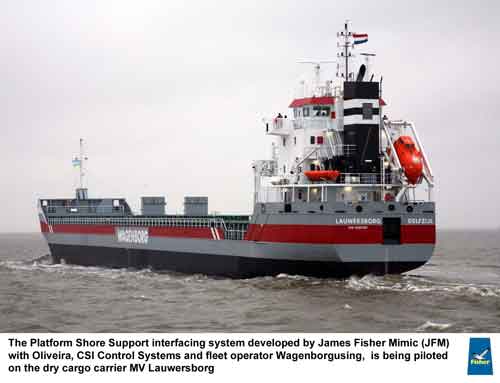 James Fisher Mimic (JFM)
James Fisher Mimic (JFM)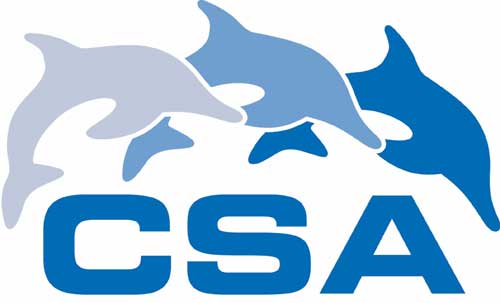 CSA Ocean Sciences, Inc. are currently seeking an Applications Developer and a Database Administrator for the GIS group, a Marketing Associate, and a Ph.D. Marine Biologist/Biological Oceanographer. Check out the postings on the
CSA Ocean Sciences, Inc. are currently seeking an Applications Developer and a Database Administrator for the GIS group, a Marketing Associate, and a Ph.D. Marine Biologist/Biological Oceanographer. Check out the postings on the  Black Elk Energy Offshore Operations, LLC,
Black Elk Energy Offshore Operations, LLC,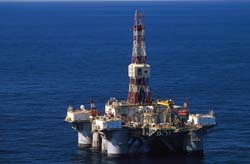 other information-gathering operations. Bianchi-1 adds to previous Apache exploration success in this part of the Carnarvon Basin following the Zola discovery in 2011. Zola is a natural gas discovery that Apache announced in 2011, located 4 miles (6 kilometers) southwest of the Bianchi discovery. The data from these wells, along with the Apache-operated Olympus gas discovery drilled in an adjacent permit earlier this year, provides critical insights into hydrocarbon distribution in the area.
other information-gathering operations. Bianchi-1 adds to previous Apache exploration success in this part of the Carnarvon Basin following the Zola discovery in 2011. Zola is a natural gas discovery that Apache announced in 2011, located 4 miles (6 kilometers) southwest of the Bianchi discovery. The data from these wells, along with the Apache-operated Olympus gas discovery drilled in an adjacent permit earlier this year, provides critical insights into hydrocarbon distribution in the area. Occidental Petroleum Corporation
Occidental Petroleum Corporation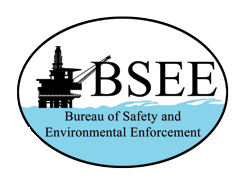 The Bureau of Safety and Environmental Enforcement (BSEE)
The Bureau of Safety and Environmental Enforcement (BSEE)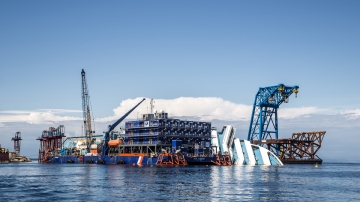 The engineers of the Titan-Micoperi consortium confirm that the
The engineers of the Titan-Micoperi consortium confirm that the  SeaBird Exploration Plc ("SeaBird") i
SeaBird Exploration Plc ("SeaBird") i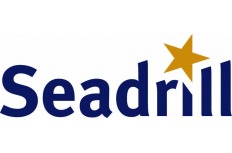 Seadrill Limited
Seadrill Limited  The Edison Chouest Offshore (ECO)
The Edison Chouest Offshore (ECO) 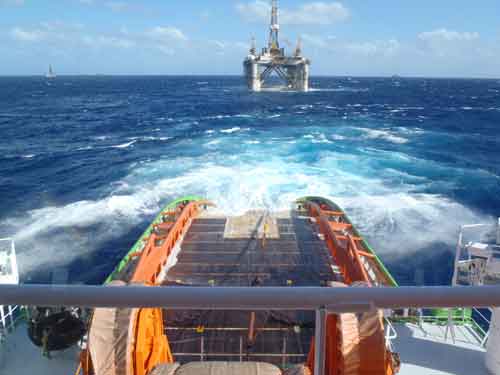 Ocean over a distance of over 3.400 miles.
Ocean over a distance of over 3.400 miles.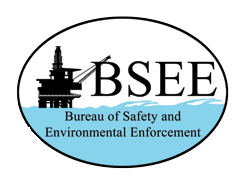 The Bureau of Safety and Environmental Enforcement (BSEE) has posted a revised internal policy for evaluating proposals to convert obsolete, offshore oil and natural gas production platforms into artificial reefs.
The Bureau of Safety and Environmental Enforcement (BSEE) has posted a revised internal policy for evaluating proposals to convert obsolete, offshore oil and natural gas production platforms into artificial reefs.